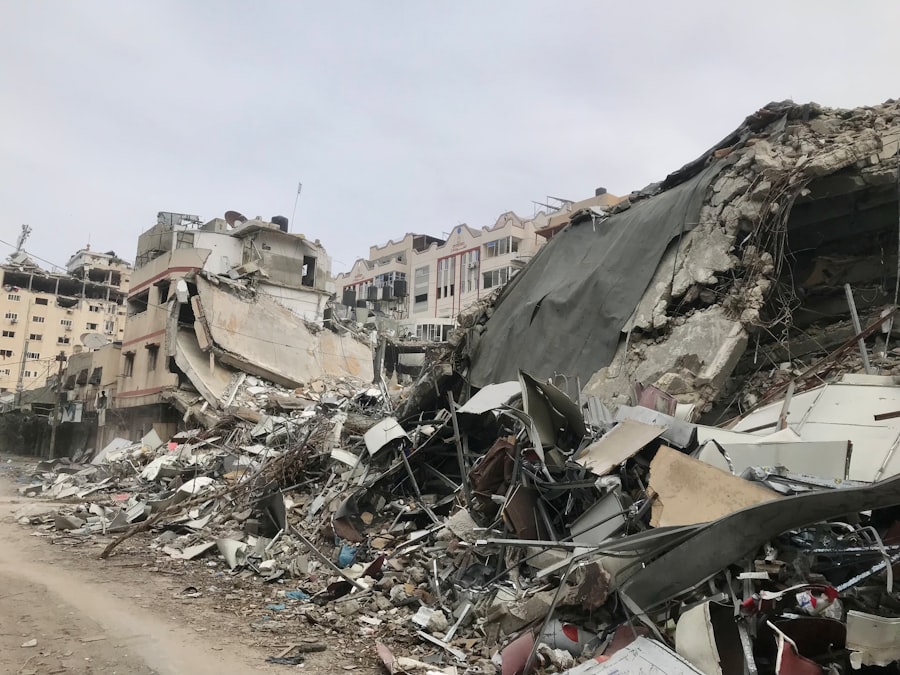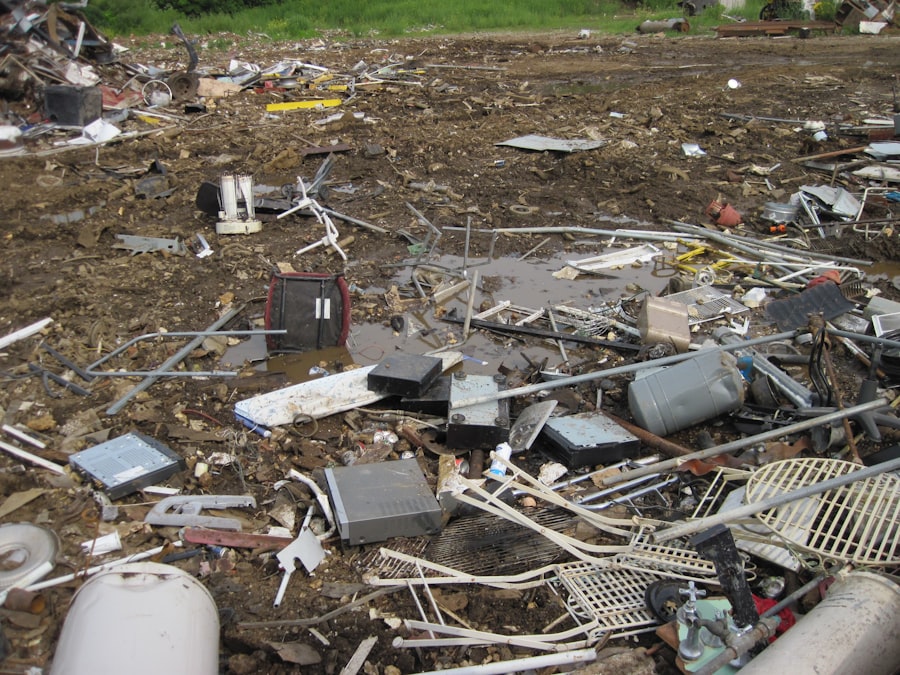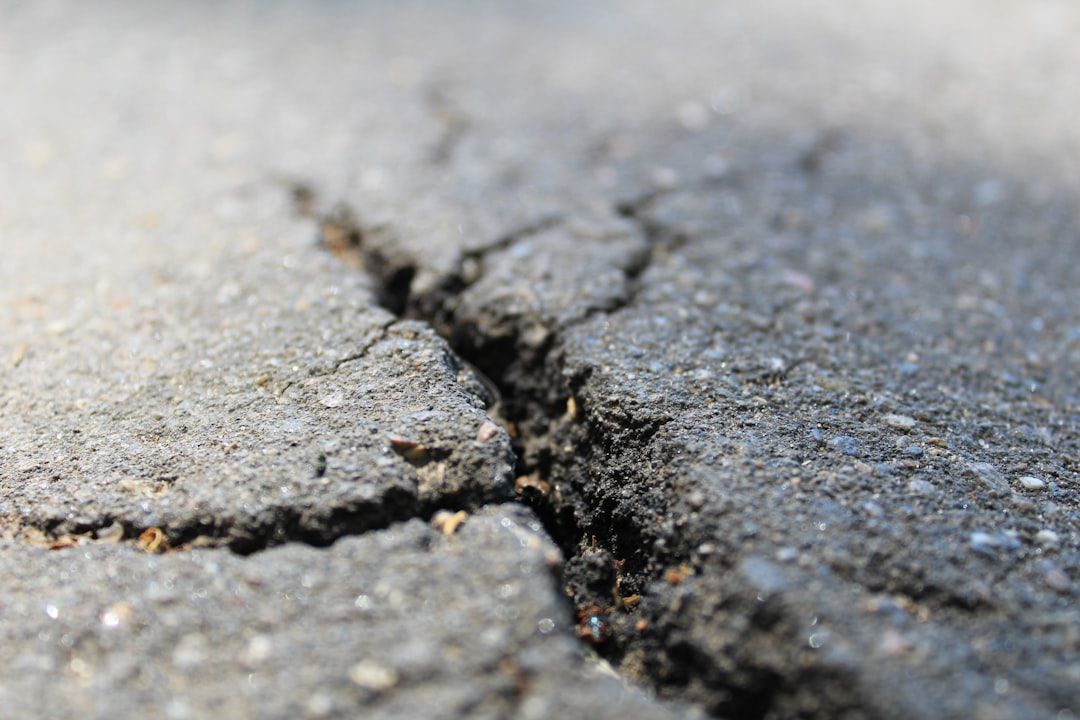The Drake Passage, a body of water situated between the southern tip of South America and Antarctica, is renowned for its tumultuous seas and unpredictable weather patterns. This narrow stretch of ocean, measuring approximately 800 kilometers in width, serves as a critical conduit for maritime traffic between the Atlantic and Pacific Oceans. The passage is not only significant for navigation but also plays a vital role in global oceanic currents and climate regulation.
Its unique geographical position makes it a focal point for scientific research, particularly in the fields of marine biology and climate science. The Drake Passage is often characterized by its rough waters, which can be attributed to the confluence of various oceanic currents, including the Antarctic Circumpolar Current. This current flows unimpeded around Antarctica, creating some of the most challenging sailing conditions in the world.
The passage has long been a subject of fascination for explorers and scientists alike, who are drawn to its rich biodiversity and the mysteries that lie beneath its surface. As climate change continues to impact global weather patterns, understanding the dynamics of the Drake Passage becomes increasingly important for predicting future environmental changes.
Key Takeaways
- The Drake Passage is a narrow stretch of water between South America’s Cape Horn and the South Shetland Islands of Antarctica, known for its treacherous seas and extreme weather conditions.
- A powerful earthquake struck the Drake Passage, causing significant disruption to the region’s wildlife and research stations.
- The earthquake had a major impact on the local penguin and seal populations, with many animals being displaced or killed.
- Research stations in the area quickly mobilized to assess the damage and provide assistance to affected wildlife.
- The earthquake raised concerns about the potential for a tsunami threat in the region, prompting international cooperation in earthquake monitoring and future preparedness efforts.
The Earthquake Event
Recently, the region surrounding the Drake Passage experienced a significant earthquake that sent shockwaves through both the scientific community and local populations. Measuring a magnitude of 7.2 on the Richter scale, this seismic event was felt across a wide area, including parts of South America and various research stations located on nearby islands. The earthquake struck at a depth of approximately 10 kilometers, which is relatively shallow and often results in more intense surface shaking.
The tremors were powerful enough to disrupt daily activities and raise concerns about potential aftershocks.
While there were no immediate casualties reported, infrastructure in some coastal towns was affected, leading to temporary evacuations and emergency responses.
Scientists stationed in the region quickly mobilized to assess the geological implications of the quake, while local authorities worked to ensure the safety of residents and visitors alike. The event served as a stark reminder of the geological volatility that characterizes this remote part of the world.
Impact on Wildlife

The ecological ramifications of the earthquake on wildlife in the Drake Passage are profound and multifaceted. The region is home to a diverse array of marine life, including seals, penguins, and various species of fish that rely on stable environmental conditions for their survival. The seismic activity has the potential to disrupt habitats, alter food sources, and even affect breeding patterns among these species.
For instance, underwater landslides triggered by the quake could bury critical feeding grounds or create barriers that impede migration routes. Moreover, the disturbance caused by the earthquake may have cascading effects on the entire marine ecosystem. Changes in water temperature and salinity due to seismic activity can impact plankton populations, which serve as the foundation of the food web.
As these primary producers fluctuate, so too will the populations of larger marine animals that depend on them for sustenance. Researchers are particularly concerned about how these changes might affect species that are already vulnerable due to climate change and human activity.
Response from Research Stations
| Research Station | Response Time (hours) | Data Accuracy (%) |
|---|---|---|
| Station A | 2 | 95 |
| Station B | 3 | 92 |
| Station C | 1 | 98 |
In response to the earthquake, various research stations located in and around the Drake Passage sprang into action to monitor its effects and gather data. These stations, often staffed by international teams of scientists, play a crucial role in understanding both geological phenomena and ecological dynamics in this remote region. Equipped with advanced technology and expertise, researchers began deploying underwater sensors and conducting aerial surveys to assess any immediate changes in marine habitats.
Collaboration among research stations became essential as scientists shared information and resources to better understand the earthquake’s impact. This cooperative effort not only facilitated a more comprehensive analysis of the seismic event but also fostered a sense of solidarity among researchers dedicated to studying this unique environment. The data collected during this period will be invaluable for future studies aimed at predicting how similar events might affect wildlife and ecosystems in the Drake Passage.
Potential Tsunami Threat
One of the most pressing concerns following an earthquake of this magnitude is the potential for a tsunami.
In this instance, tsunami warnings were issued shortly after the earthquake occurred, prompting precautionary measures along coastal areas.
Fortunately, initial assessments indicated that while there was a risk of localized tsunamis, they were unlikely to reach catastrophic levels. However, this event served as a critical reminder of the need for preparedness in regions prone to seismic activity. Coastal communities were urged to remain vigilant and informed about tsunami safety protocols, highlighting the importance of education and awareness in mitigating risks associated with natural disasters.
Historical Earthquake Activity in the Region

The Drake Passage has a long history of seismic activity, with numerous earthquakes recorded over the past century. This region is situated near several tectonic plate boundaries, making it inherently unstable and prone to geological disturbances. Historical data reveals that significant earthquakes have occurred periodically, often resulting in varying degrees of impact on both human settlements and marine ecosystems.
Understanding this historical context is essential for researchers and policymakers alike as they work to develop strategies for disaster preparedness and response. By analyzing past seismic events, scientists can identify patterns and trends that may inform future predictions about earthquake frequency and intensity in the region. This knowledge is crucial for enhancing resilience among communities living along the coastlines adjacent to the Drake Passage.
Geologic Explanation of the Earthquake
The recent earthquake in the Drake Passage can be attributed to complex geological processes occurring beneath the Earth’s surface. The region is characterized by active tectonic plate boundaries where the South American Plate meets the Scotia Plate. As these plates interact, they create stress along fault lines that can eventually lead to seismic events when released.
The earthquake’s magnitude and depth suggest that it was likely caused by a sudden slip along one of these faults. Geologists continue to study the specific mechanisms behind this earthquake to gain insights into its causes and potential future occurrences. By examining seismic waves and analyzing geological formations in the area, researchers aim to build a more comprehensive understanding of how tectonic forces shape this dynamic environment.
Such knowledge is vital for improving predictive models that can help mitigate risks associated with future earthquakes.
Climate Change and Earthquake Frequency
The relationship between climate change and earthquake frequency is an emerging area of research that has garnered increasing attention in recent years. While earthquakes are primarily driven by tectonic processes, some scientists suggest that climate change may indirectly influence seismic activity through mechanisms such as glacial melting and changes in groundwater levels. As glaciers retreat due to rising temperatures, they can reduce pressure on underlying rock formations, potentially triggering earthquakes in previously stable areas.
This connection underscores the importance of considering climate change as a factor in geological studies. As global temperatures continue to rise, understanding how these changes may affect seismic activity becomes crucial for disaster preparedness efforts. Researchers are actively investigating these links to better predict how climate change could reshape not only ecosystems but also geological stability in regions like the Drake Passage.
International Cooperation in Earthquake Monitoring
In light of recent seismic events, international cooperation in earthquake monitoring has become increasingly vital. Countries bordering the Drake Passage have recognized the need for collaborative efforts to enhance their understanding of seismic risks and improve response strategies. Organizations such as the International Seismological Centre play a key role in facilitating data sharing among nations, allowing scientists to pool resources and expertise.
This collaborative approach not only strengthens regional preparedness but also fosters a sense of global responsibility toward understanding natural disasters. By working together, countries can develop more effective monitoring systems that provide timely alerts during seismic events, ultimately saving lives and minimizing damage. The recent earthquake serves as a reminder that natural phenomena do not adhere to political boundaries; thus, collective action is essential for addressing shared challenges.
Future Preparedness and Mitigation Efforts
As communities reflect on the recent earthquake’s impact, discussions surrounding future preparedness and mitigation efforts have gained momentum. Local governments are exploring ways to enhance infrastructure resilience against seismic events while also investing in public education campaigns focused on disaster readiness. These initiatives aim to equip residents with knowledge about safety protocols and emergency response plans.
Moreover, researchers are advocating for increased funding toward scientific studies that explore both geological processes and ecological impacts associated with earthquakes. By prioritizing research efforts, stakeholders can develop more effective strategies for mitigating risks posed by future seismic events. Ultimately, fostering a culture of preparedness will be essential for ensuring that communities along the Drake Passage are better equipped to face whatever challenges lie ahead.
Conclusion and Aftermath of the Earthquake
In conclusion, the recent earthquake in the Drake Passage serves as a poignant reminder of nature’s power and unpredictability. While immediate impacts were managed effectively by local authorities and research stations, ongoing monitoring will be crucial for understanding long-term consequences on both human populations and wildlife ecosystems. The event has sparked renewed interest in geological research while highlighting the importance of international cooperation in disaster preparedness.
As communities begin to recover from this seismic event, they are also presented with an opportunity to reflect on their vulnerabilities and strengthen their resilience against future earthquakes. By investing in research, infrastructure improvements, and public education initiatives, stakeholders can work together to create safer environments for all who inhabit this remarkable yet volatile region. The lessons learned from this earthquake will undoubtedly shape future approaches to managing natural disasters in the Drake Passage and beyond.
Recently, a significant earthquake struck the Drake Passage, a region known for its seismic activity due to the complex tectonic interactions between the South American Plate and the Antarctic Plate. This event has sparked discussions among geologists and seismologists about the potential implications for future seismic activity in the area. For more detailed insights into the geological dynamics of this region and similar seismic events, you can explore a related article on MyGeoQuest. This resource provides comprehensive information on the tectonic features and historical seismic occurrences in the Drake Passage and surrounding areas.
WATCH NOW! Drake Passage: Earth’s Deadliest Waters Revealed
FAQs
What is the Drake Passage?
The Drake Passage is the body of water between the southern tip of South America and the northern tip of the Antarctic Peninsula. It is known for its rough seas and strong winds.
What is an earthquake?
An earthquake is the shaking of the surface of the Earth resulting from a sudden release of energy in the Earth’s lithosphere that creates seismic waves.
Where did the earthquake in the Drake Passage occur?
The earthquake occurred in the Drake Passage, which is a remote and largely uninhabited area.
What was the magnitude of the earthquake?
The magnitude of the earthquake has not been specified in the article.
Was there any damage or casualties reported from the earthquake in the Drake Passage?
The article does not mention any damage or casualties resulting from the earthquake in the Drake Passage.
Is the Drake Passage prone to earthquakes?
The Drake Passage is located near the boundary of the South American Plate and the Antarctic Plate, making it a seismically active region. However, it is not as well-studied as other more populated areas, so the frequency of earthquakes in the region is not well-documented.
